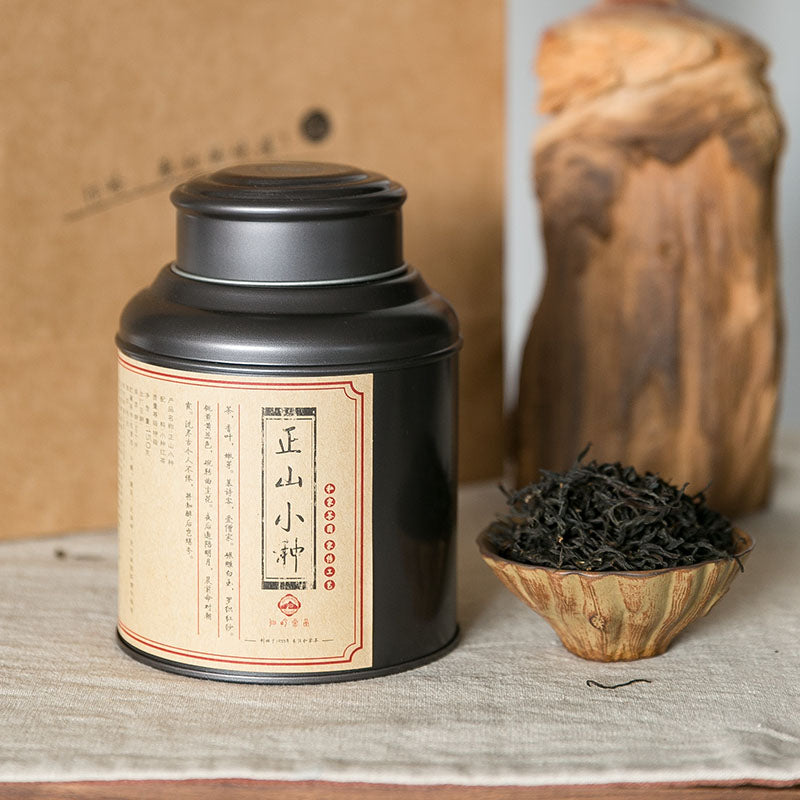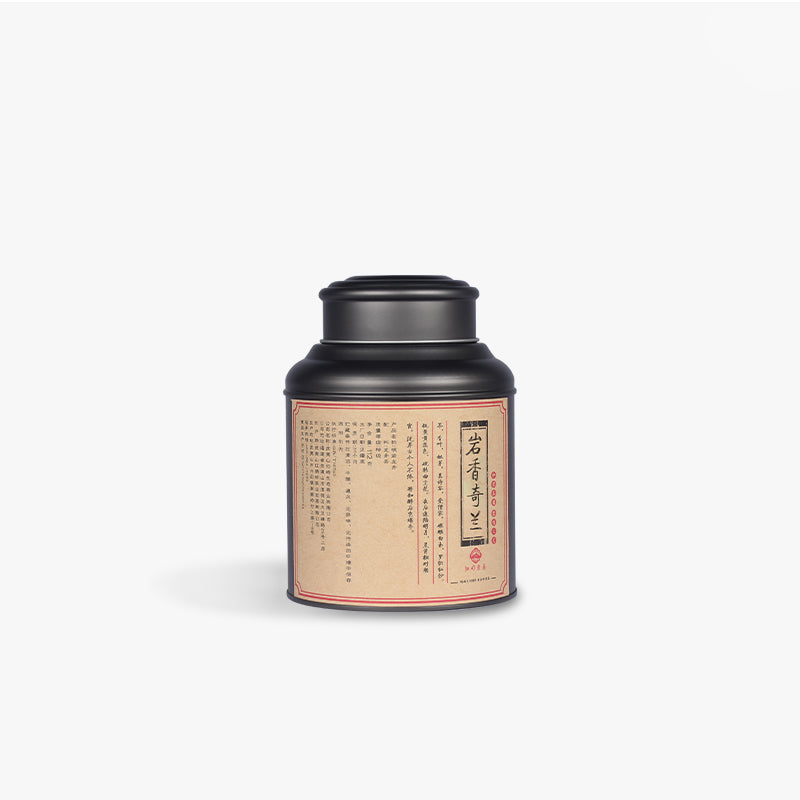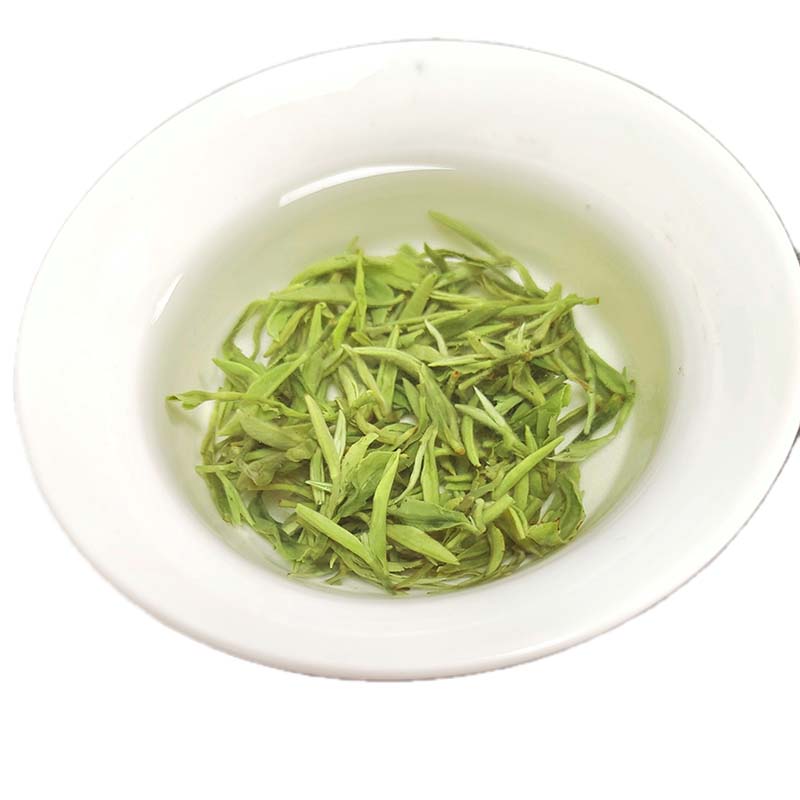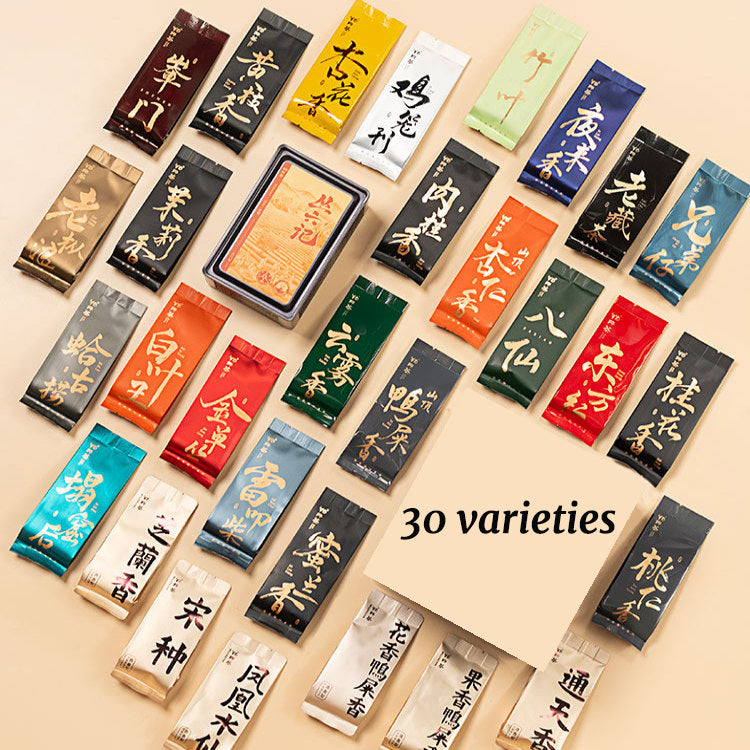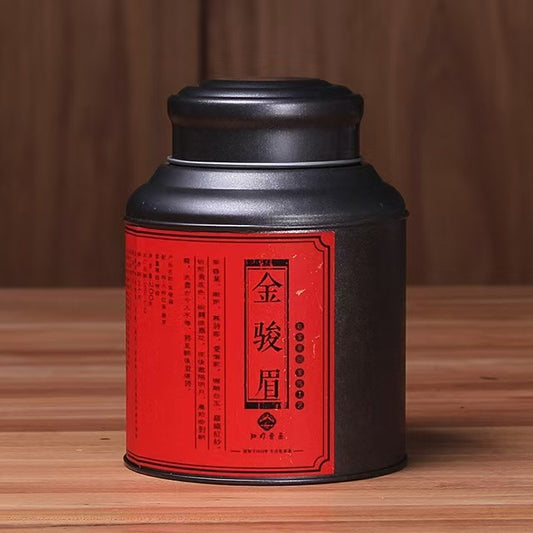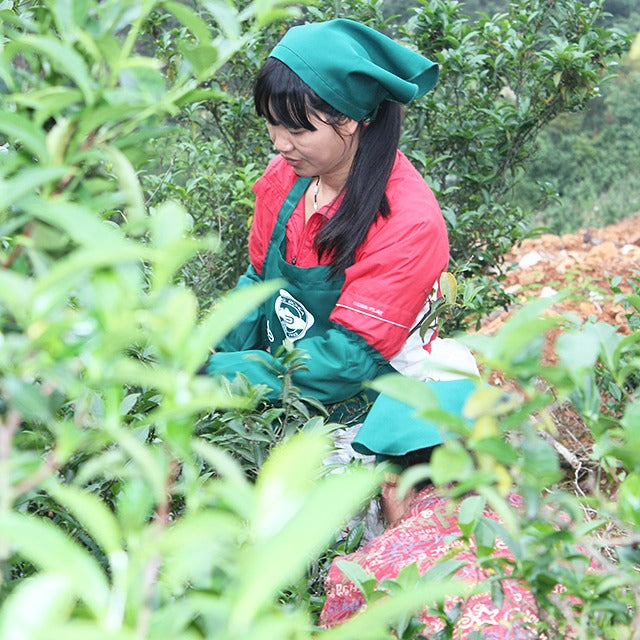Getting Tea Stains Out of Cups A Simple Guide for Avid Tea Lovers
Getting Tea Stains Out of Cups A Simple Guide for Avid Tea Lovers
It's a serene moment, isn't it? You brew a pot of your favorite oolong, pour it into your favorite cup, and settle down into your armchair. But as the sunlight catches the rim just so, you notice those pesky brown rings, a testament to countless delightful moments with tea. It's the inevitable consequence of any tea lover's ritual. But, fear not. There's an art to removing these stains, much like the art of brewing the perfect cup.
The first tactic involves the universal hero of household cleaning: baking soda. It's gentle, eco-friendly, and, when paired with a little elbow grease, surprisingly effective. Simply sprinkle a bit of baking soda into the stained cup, add just enough water to form a paste, and scrub gently with a soft cloth or sponge. Baking soda's slightly abrasive nature works wonders without damaging your cherished porcelain or ceramic.
If your cup holds stubborn stains that refuse to budge, white vinegar becomes your ally. Its acidic properties break down those tannins that give tea its rich color—and its infuriating capacity to stain. Fill your cup halfway with hot water, add an equal amount of white vinegar, and let the concoction sit for about 10 minutes. Then, scrub the interior with a cloth. Rinse thoroughly, ensuring all traces of vinegar and any lingering scent are washed away. After all, no one wants the tang of vinegar mingling with the fragrance of jasmine or the depth of pu-erh.
Sometimes, a more delicate touch is needed, especially when dealing with treasured antique cups or teaware. Enter lemon juice—a natural cleaner with a citrusy fragrance that leaves your cup smelling as fresh as a new spring day. Squeeze fresh lemon juice onto the stains or rub a cut lemon across them, let it sit for a few minutes, and then rinse. While lemon's acidity isn't as strong as vinegar's, it offers a gentle and aromatic cleaning option.
Beyond these practical solutions, perhaps there's a broader reflection to be had here. Much like the myriad of ways we brew and enjoy tea—from the ornate ceremony of Chinese gongfu cha to the simple pleasure of a morning cup—there's no single perfect method for tackling tea stains. Each approach is a reflection of personal preference, your values, and perhaps even your patience with the process.
Cleaning tea stains becomes not just a chore, but an extension of our tea journey: one that reminds us of the enjoyment we've had, while readying our beloved cups for the next experience. So, take a moment to consider which method feels right for you, perhaps pondering it over your next cup of Dragon Well or Assam. After all, every tea session begins with a clean slate—or in this case, a clean cup.

